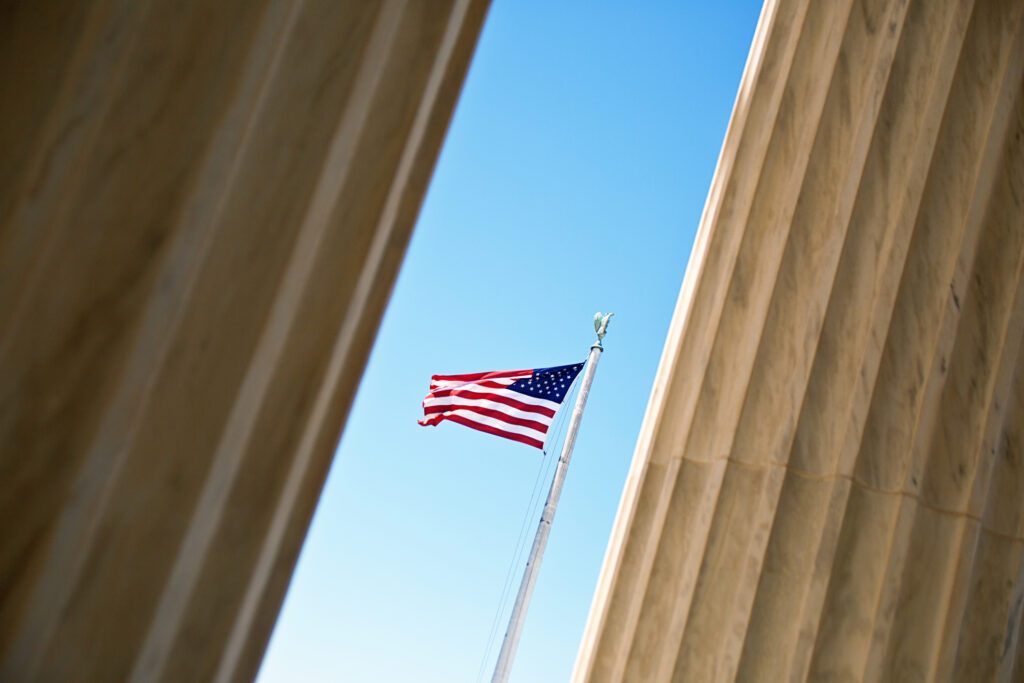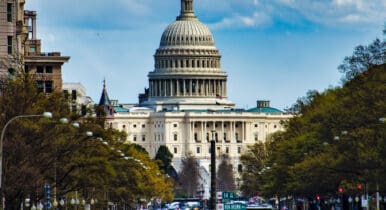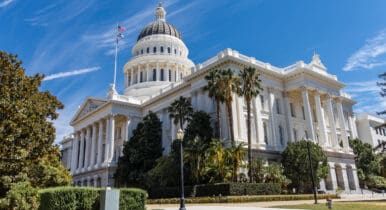Why More Groups Should Go Local When It Comes to Federal Advocacy
Want to run a holistic advocacy campaign? Make sure you’re leveraging local and state resources to achieve your goals at the federal level.


Image Credit: YinYang
Being labeled as an “out of touch” Washington politician is something that federal officeholders seek to avoid. The best defense is spending considerable time “back home” and meeting with interest groups that reflect the community. Having a pulse on both DC and where you got started is often a key component to holding onto your seat through the next cycle.
As a national association, trade group, issue campaign, or corporation you may spend considerable time and resources cultivating your own stakeholders to serve as ambassadors of your organization. These ambassadors or advocates may have even walked members of Congress around your place of business or conducted a site visit alongside your government affairs team. Harnessing grassroots relationships with those who can pressure for advocacy is a tried-and-true strategy.
A more advanced form of pressuring a federal official can include getting important constituencies and influential individuals activated in the local community or state. You may also want to cultivate relationships with local or state officials to get them to pressure the federal government toward your policy goals.
It’s compelling to get letters, phone calls, or in-person “intercepts” facilitated at the state and local level. This tactic can go beyond your traditional elected officials and include business leaders, political party leaders, and other influential members of the community.
Leveraging state and local officeholders who have also been popularly elected can help advance your cause or message because they have built-in political power and give your organization the “surround sound” effect when federal officials are not physically in the Capitol complex.
Your message is not only mobile, but it’s also reinforced by a local/state power apparatus that cannot be ignored because these individuals are linked to real voters, donors, volunteers, and op-ed writers. Having the governor of a state, attorney general, or a state senator write a letter or place a call to a member of Congress should solicit a response — even if it isn’t the desired response.
If these officials are of the same party, the pressure is even greater to consider the state and local views carefully before making a decision. As a national organization, it may be easier for you to gain access to a local/state official with the help of your local members than reaching a federal official on your own.
If your organization is fortunate to have a state association or even a regional chapter of members, you may be able to leverage that on-the-ground organization at the federal level without having to devote as much time and energy.
Establishing a state association can be costly and time consuming on the front end, but if your organization has one established this is a perfect opportunity to get them involved in an impactful project that’s a win-win for them and your national organization. To double up on this tactic you can also:
1) Send a letter stating your position as the national organization.
2) Facilitate a state or local letter stating the position of your organization.
3) Send a joint letter with the national and state association as signatories.
4) Or send a letter showcasing a collection of states taking your organization’s position.
Ultimately, bringing to bear local and state resources is an important part of running a holistic advocacy campaign that stretches the battle from the Beltway to a local theater.
Joshua Habursky is the Head of Federal Affairs at the Premium Cigar Association and Adjunct Professor at George Washington University.
Mike Fulton directs the Washington, D.C., office of Asher Agency and teaches public affairs in the West Virginia University Reed College of Media’s Integrated Marketing Communications program.


